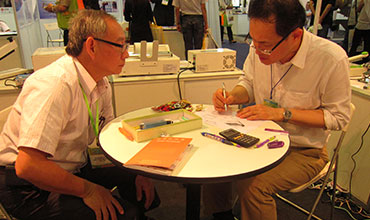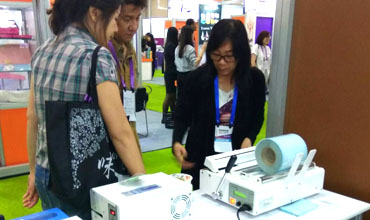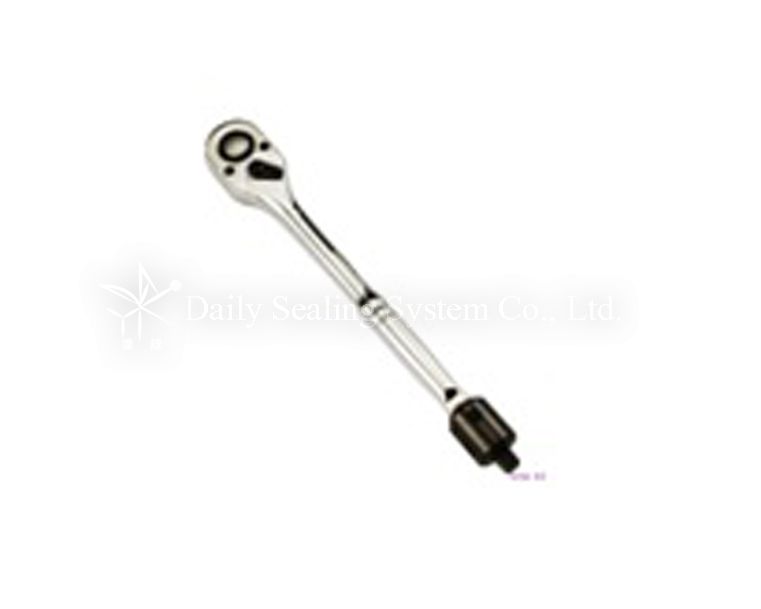
- Detail
CHRME VANAIUM
| Material: | STAIN POLISH |
| Contents: | 1/2"DR Profession Ratchet Handle 72T |
| 3/8"DR Profession Ratchet Handle 24T |
Specification
You May Also Like
Why Choosing Dailysealing
Parts and material quality control
- Heating elements are from Japan.
- Motor, Transformers, PCB and vacuum bags are made in Taiwan.
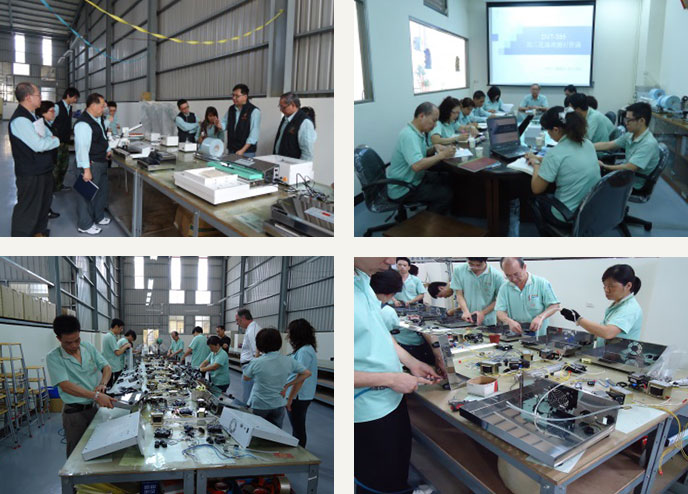
Strict quality control
- 100% product inspection: The inspection is included functions and appearance of sealing machines.
- Tensile strength test to ensure the sealing line tensile strength value reaches the customer standard.
- Electric leakage test: Puncture and insulation test.
- Our production and inspection are all based on ISO 9001.
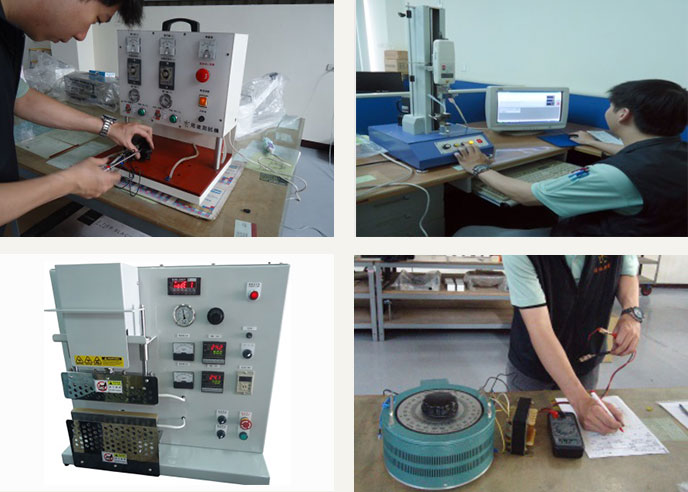
Professional packaging and sealing machine factory
- Produce many kinds sealing machines and ODM/OEM products and provide custom-made services.
- More than 30 year experiences in packaging machines industry.
- Sell sealing machines to America, Europe, Latin America and Asia.
- 85% products in stocks, so we can deliver the products quickly.
- The production process is based on SOP to ensure the quality of sealing machines consistently.
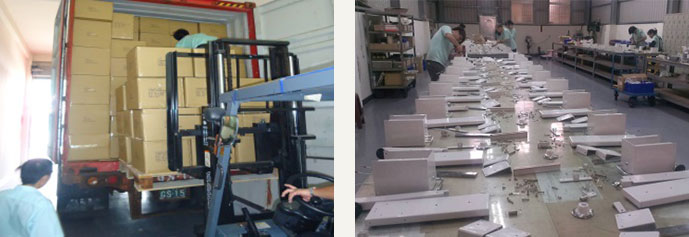
Complete range of specifications of sealing machines
- Complete range of specifications of sealing machines.
- Many kinds of sealing machines and consumptive materials in stocks, so customers can do one-stop shopping here.
- The customers include Biotechnology companies, Medical equipment companies, Food industry, Electronics industry, Handmade soap industry and other industry..
Custom-made sealing machine service
- Custom-made sealing machine service
- Designs of the special sealing machine for irregular shape sealing line, such as U-shape sealing line and L-shape sealing line.
- Different width of sealing line could be custom-made to meet customer requirements.
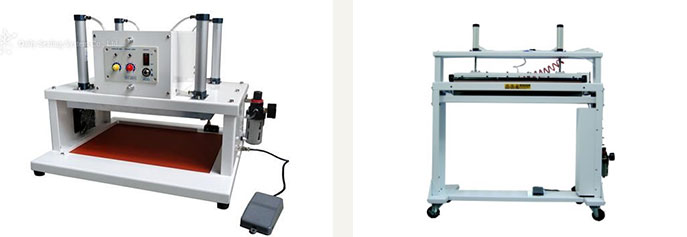
After-sales service of professional sealing machine
- Provide the professional service for repair the broken sealing machine immediately.
- The sufficient supply of parts stock, so don’t worry about the parts replace.
- Some parts of sealing machine are used in common specifications, so it is easy to get the parts for replace.
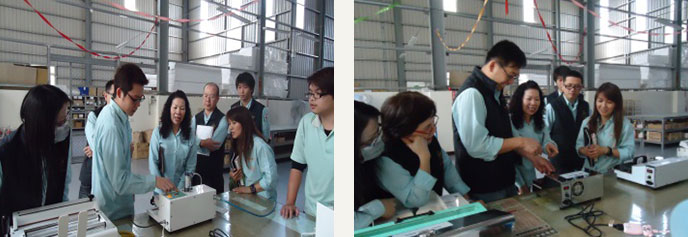
Exhibitions and trade shows
News
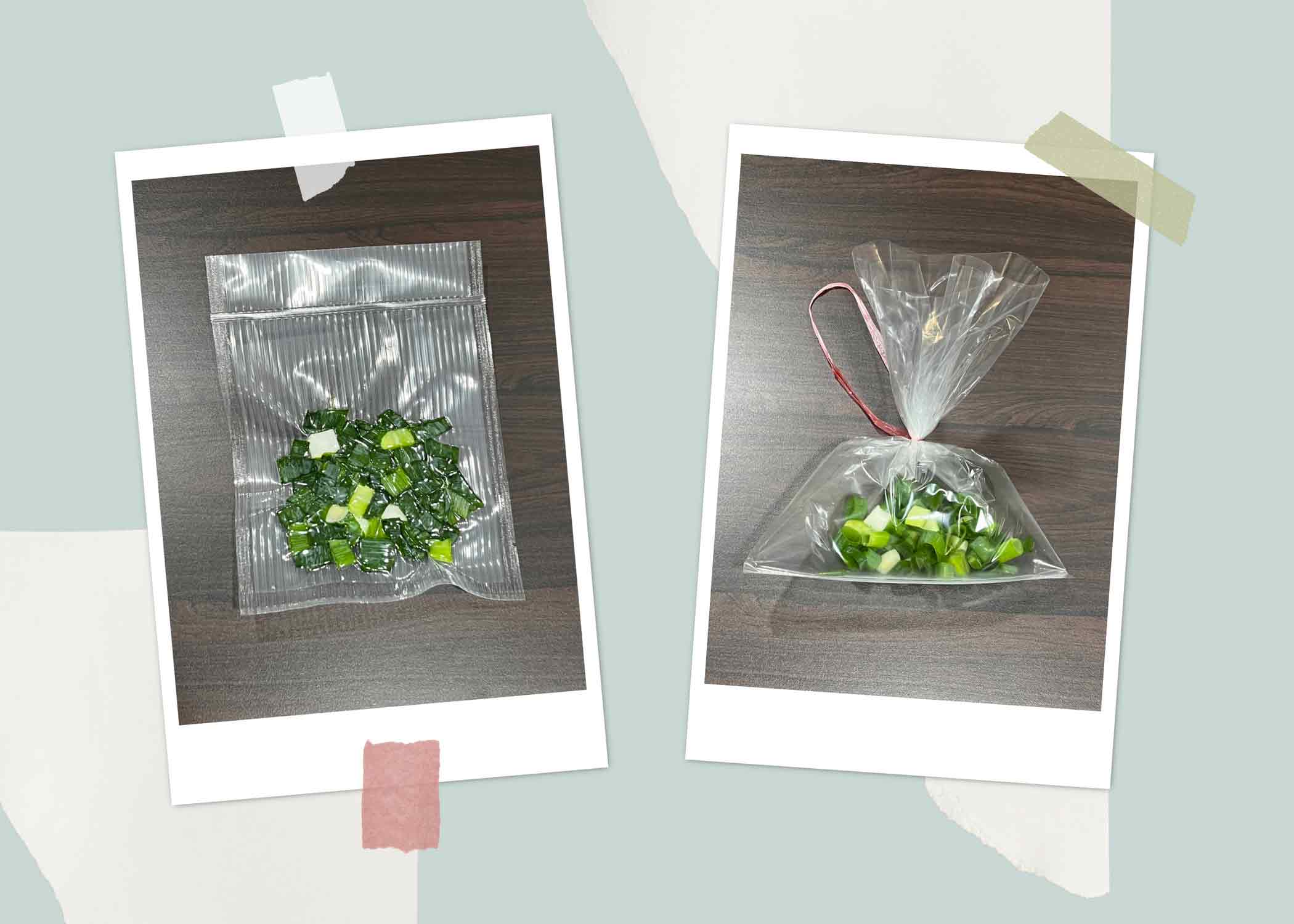
2025/1/8
Vacuum Packaging vs. Traditional Packaging: Which One is Right for You?
Vacuum Packaging vs. Traditional Packaging: Which One is Right for You? Choosing the right packaging method can significantly impact your product’s shelf life and appeal. Two common methods are vacuum sealing and traditional packaging. Here’s a quick
comparison to help you decide. Vacuum Packaging This method removes most air from a package, creating a low-oxygen environment that slows oxidation and bacterial growth. Benefits: ü Extends shelf life. ü Preserves flavor. ü Prevents freezer burn.
ü Reduces waste. ü Reduce packaging volume Drawbacks: ü Higher cost. ü Unsuitable for some products (e.g., gas-releasing items). Traditional Packaging Traditional methods, like plastic bags or cardboard boxes, protect products without removing air.
Benefits: ü Cost-effective. ü Versatile for various products. Drawbacks: ü Shorter shelf life. ü Less protection during shipping. Which Method is Best? Choose vacuum packaging for perishable items like meat or seafood. Opt for traditional packaging
for non-perishables or budget-friendly solutions. Conclusion Both methods have unique advantages. Evaluate your needs to select the best option for your products. Call to Action At DailySealing, we provide versatile packaging solutions. Contact us to
discover how we can help preserve your product’s quality and freshness.
MORE
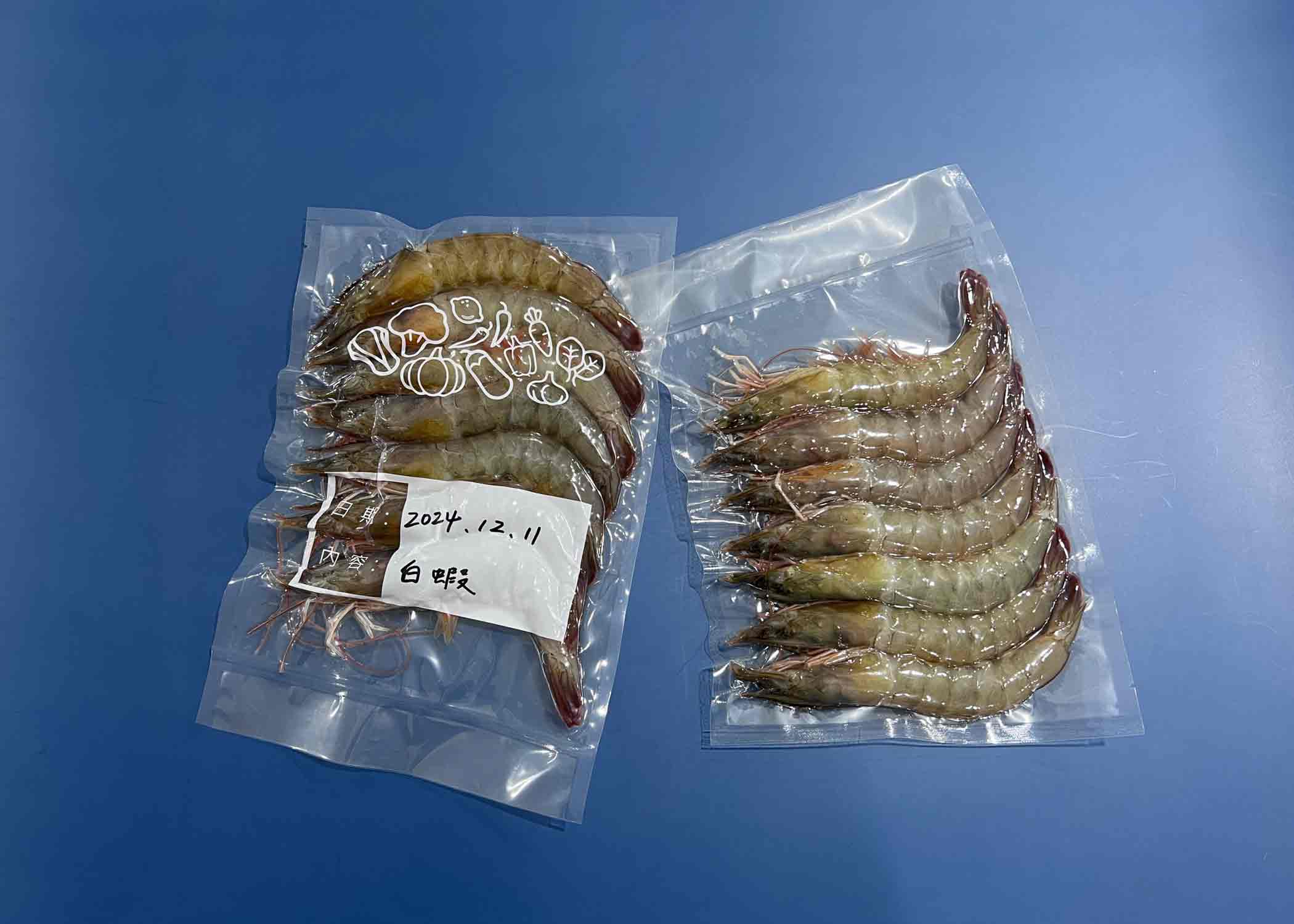
2025/2/18
The Ultimate Freshness Hack for Homemakers: How a Vacuum Sealer Can Extend Food Freshness!
The Ultimate Freshness Hack for Homemakers: How a Vacuum Sealer Can Extend Food Freshness! In today’s busy households, preserving food effectively and minimizing waste is essential for every homemaker. Fresh ingredients are delicious, but they can spoil
quickly if not stored properly, especially when buying in bulk. The vacuum sealer has become a game-changer, helping manage food storage like never before. Here’s how homemakers can use a vacuum sealer to extend the freshness of food, ensuring every meal is
as fresh and delicious as possible! 1. Extend Fresh Ingredient Shelf Life: Stress-Free Meal Prep For busy homemakers, buying fresh meat and seafood in bulk is routine. Using a vacuum sealer to store these fresh ingredients in the freezer effectively blocks
out air, reducing oxidation and bacterial growth, and keeping them fresh. Whether prepping for next week’s family gathering or planning daily meals, a vacuum sealer provides convenience and peace of mind. 2. Lock in Freshness for Dry Goods and Snacks: Ready
to Enjoy Anytime Staple items like nuts, grains, and even kids' favorite snacks are often hard to keep fresh once opened, quickly becoming stale or damp. A vacuum sealer not only extends the shelf life of these foods but also preserves their original crunchy
texture. Simply portion and seal them—each time you open a bag, it’ll be as fresh as when you first bought it! 3. Maximize Fridge Space: Organized and Easy to Access Vacuum sealers also help homemakers optimize fridge space. By portioning and vacuum-sealing
foods as needed, you not only extend freshness but also save room. From vegetables and meats to fruits, everything can be neatly stored in the fridge, making it easier to access and helping you track what’s left, avoiding unnecessary purchases. 4. Preserve
Flavor for Spices and Homemade Marinades: Enhancing Every Dish For homemakers who love cooking, spices and homemade marinades are a must. A vacuum sealer lets you store spices effortlessly, keeping them fresh and protected from moisture. Besides, if you enjoy
making your own marinades, vacuum sealing speeds up the marinating process and intensifies flavor, making every home-cooked meal more delicious and rich in taste. 5. Reduce Food Waste: Make Every Meal Count For budget-conscious homemakers, a vacuum sealer
is a fantastic tool for reducing food waste. By portioning and vacuum-sealing items that may not be used immediately, you can extend their freshness and minimize waste, ensuring that each meal is filled with care and intention. Conclusion Whether you’re
buying fresh ingredients in bulk or trying to keep snacks and dry goods from going stale, a vacuum sealer offers a convenient, efficient way to preserve food. Let each ingredient stay at its best, keeping every meal fresh, healthy, and tasty. Discover the
joy of a kitchen full of surprises and fresh flavors with a vacuum sealer—your ultimate tool for food preservation!
MORE
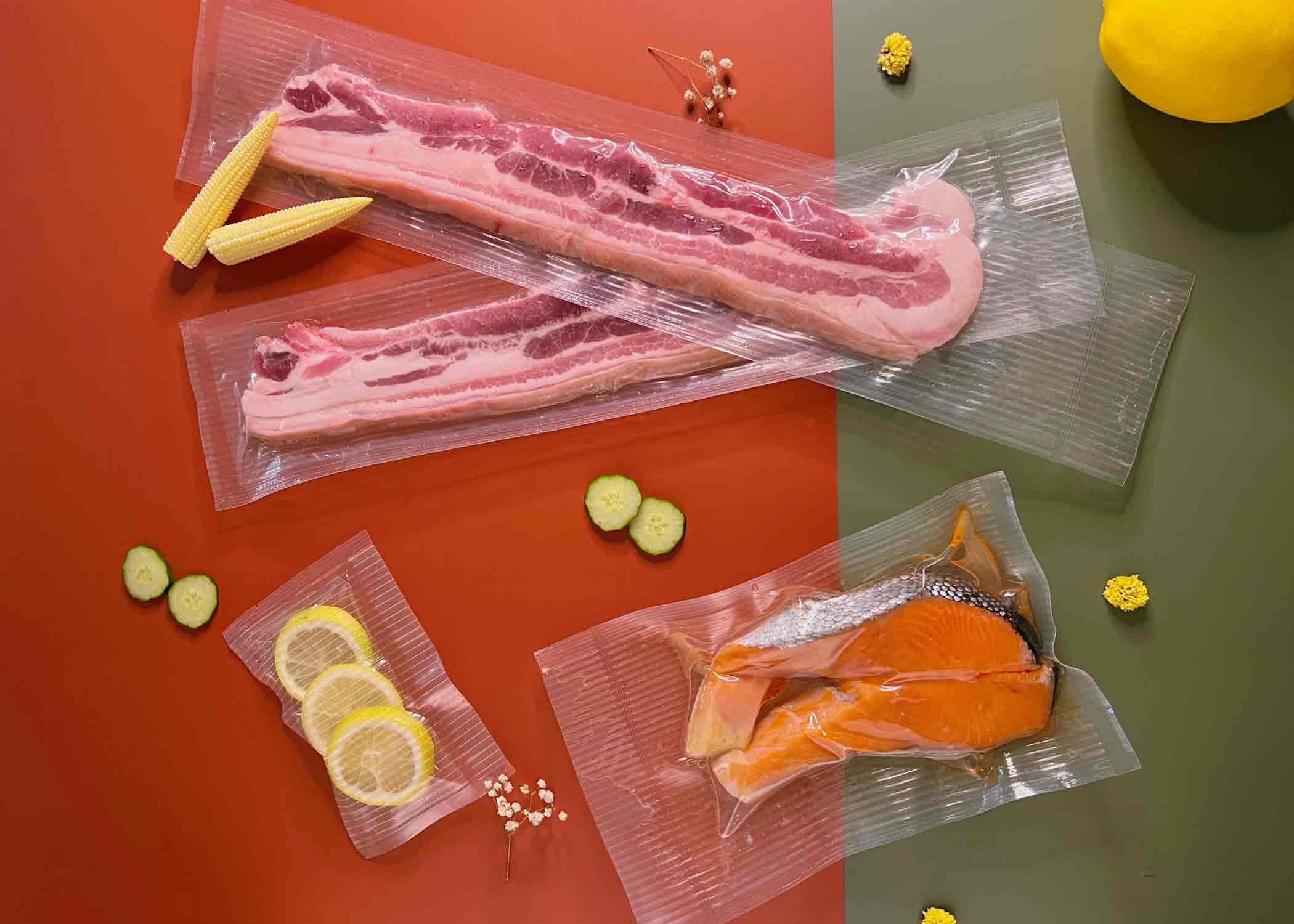
2024/12/19
Vacuum Packaging in Agricultural Product Processing: Extending Freshness and Enhancing Qua
Vacuum Packaging in Agricultural Product Processing: Extending Freshness and Enhancing Quality In the agricultural product processing industry, one of the key challenges is preserving the freshness of ingredients, extending shelf life, and enhancing
product quality. With the advancement of vacuum packaging technology, more and more agricultural product processing factories are adopting this technique, achieving remarkable results. Vacuum packaging not only effectively extends the shelf life of agricultural
products but also protects their nutrients and original flavors. Below are the main applications of vacuum packaging in agricultural product processing: 1. Extending the Freshness of Agricultural Products For fresh vegetables, fruits, meat, and seafood,
maintaining freshness after processing is a critical concern for processing factories. Vacuum packaging effectively isolates air, reducing the exposure of ingredients to oxygen, which helps slow down oxidation and prevent spoilage. This not only extends the
freshness of agricultural products but also ensures that their taste and nutrients are preserved, meeting consumer demand for fresh products. 2. Optimal Storage for Frozen Foods Frozen agricultural products, such as frozen vegetables, fruits, and meats,
are common products in many processing factories. Using vacuum packaging can effectively prevent freezer burn, preserving the texture and nutritional value of the food. Vacuum sealing reduces moisture loss, maintains the color, taste, and texture of the product,
ensuring it remains in optimal condition even after long storage, making it suitable for distribution and sales. 3. Preservation of Dry Goods and Dried Fruits Dry fruits, dried vegetables, and other dry goods play an important role in agricultural product
processing. The preservation of these products heavily relies on vacuum packaging, which effectively prevents moisture and insect infestation, protecting the taste, aroma, and nutritional value. Whether it's nuts, dried fruits, or herbs, vacuum packaging extends
shelf life, reducing losses caused by environmental factors. 4. Meeting the Demand for Ready-to-Eat Agricultural Products As consumer demand for convenient foods rises, many agricultural product processing factories have begun producing ready-to-eat
agricultural products. These products, such as pre-packaged salad greens and frozen ready-to-eat meals, benefit from vacuum packaging, which helps retain freshness and nutrients. Vacuum packaging not only maintains the taste and texture of the products but
also enhances their market competitiveness, meeting consumers’ desires for both health and convenience. 5. Seed Packaging and Protection Agricultural product processing factories are not only concerned with food processing but also the handling of agricultural
seeds. Seed packaging requires sealing to maintain dryness, prevent moisture, and protect the seeds from environmental factors. Vacuum packaging plays a significant role in seed packaging, improving germination rates and ensuring the productivity of crops.
Conclusion Vacuum packaging technology in agricultural product processing has a wide range of applications, from preserving freshness, freezing, and dry goods storage to meeting the demand for ready-to-eat products. It plays a vital role in extending shelf
life, protecting the flavor of ingredients, and enhancing market competitiveness. As the need for diverse agricultural products and high-quality food grows, vacuum packaging continues to be an essential technology for agricultural processing.
MORE

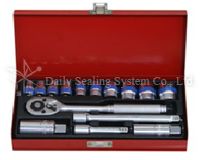


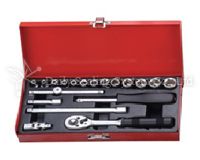
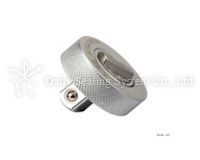


.jpg)
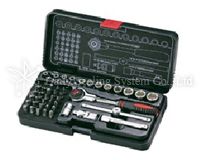

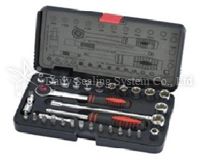
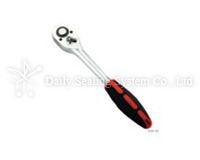
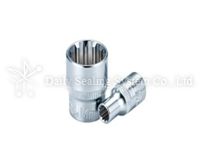
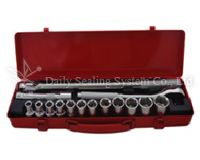
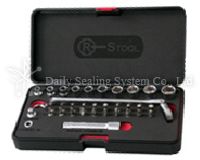
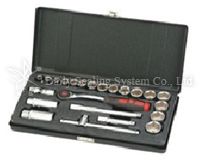

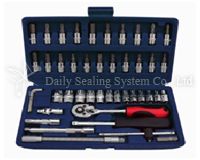
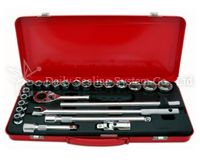
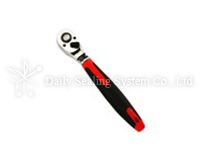
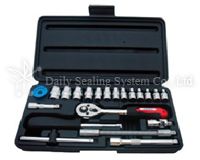

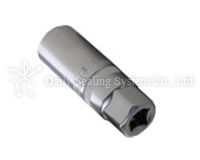
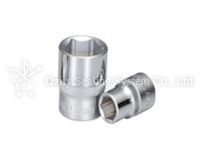






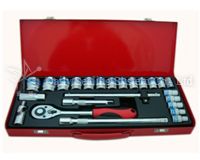
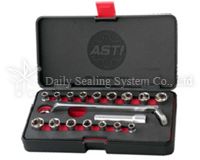
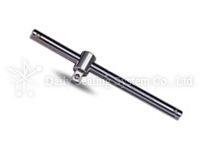
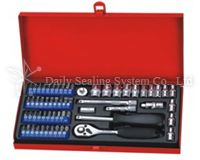







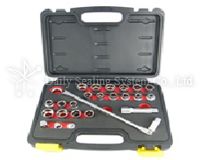
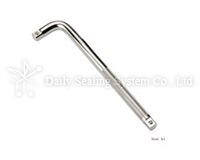
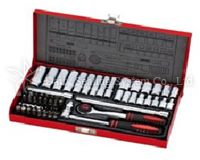
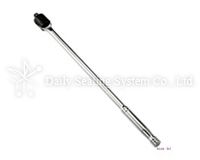


_1.jpg)
_1.jpg)
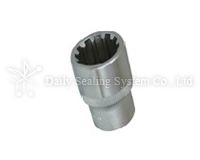
_1.jpg)
